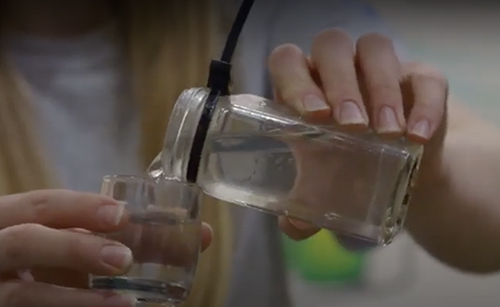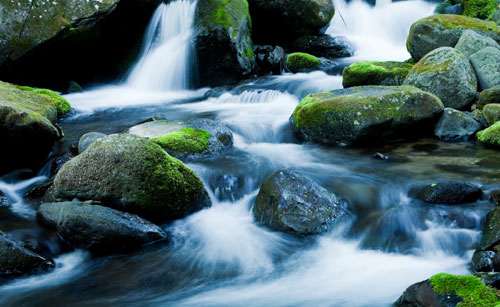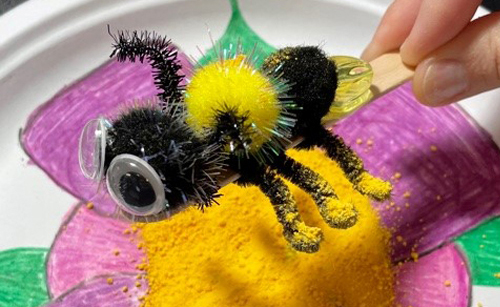Instructions
Ready to get started with this activity? To keep track of your progress, check off the instructions for each step below as they are completed. Make sure to check the box of the last step when you’re done to receive congratulations for your completed activity!
Consider this:
Sometimes, water pollution can cause new plant growth because it provides nutrients and food. Other times, it is harmful and can kill plants by changing their growing conditions. Water pollution can raise or lower levels of acidity, prevent sunlight to penetrate into the cells and it can stunt the growth of the plant. Plants can also absorb the pollution and pass along the harmful chemicals to the animals that eat them. In this experiment we can see how plants absorb pollution.
- (2) Clear glasses or jars
- (2) Stalks of celery
- Red food coloring
- Water
- Plastic pieces from recycling
- Scissors
- Paper
- Pencil

- Place a stock of celery in each glass or jar.
- Fill ¾ of glass or jar with water.
One glass or jar is the control experiment. Do not add anything to this water. This is clean drinkable water.
The second glass is the pollution experiment. Add a few drops of red food coloring to the water. Cut pieces of plastic into small pieces that will fit in the glass or jar, and add those as well. This represents polluted water. Would you drink it?

What do you think will happen to the celery in the clear water?
- Write your hypothesis.
- Write your observations: This can be done hourly, daily, and again at one week.
What do you think will happen to the celery in the polluted dyed water?
- Write your hypothesis.
- Write your observations: This can be done hourly, daily, and again at one week.
After one week:
- What has happened to the celery in the clear water?
- What has happened to the celery in the “polluted” water?
- Which celery would you eat? Do not eat the celery.
- Do you think clean water is important?
- Brainstorm some ideas to help improve the water in your environment:
- Stream restoration
- Recycling
- Using less plastic
- If you changed the polluted water, would it change the coloring of the celery?
- What are the top three causes of water pollution?
- About 10% of America’s beaches fail to meet the federal benchmark for what is considered safe swimming water.
- Federal authorities estimate that the headwaters of 40% of western rivers have toxic discharge from abandoned mines.







